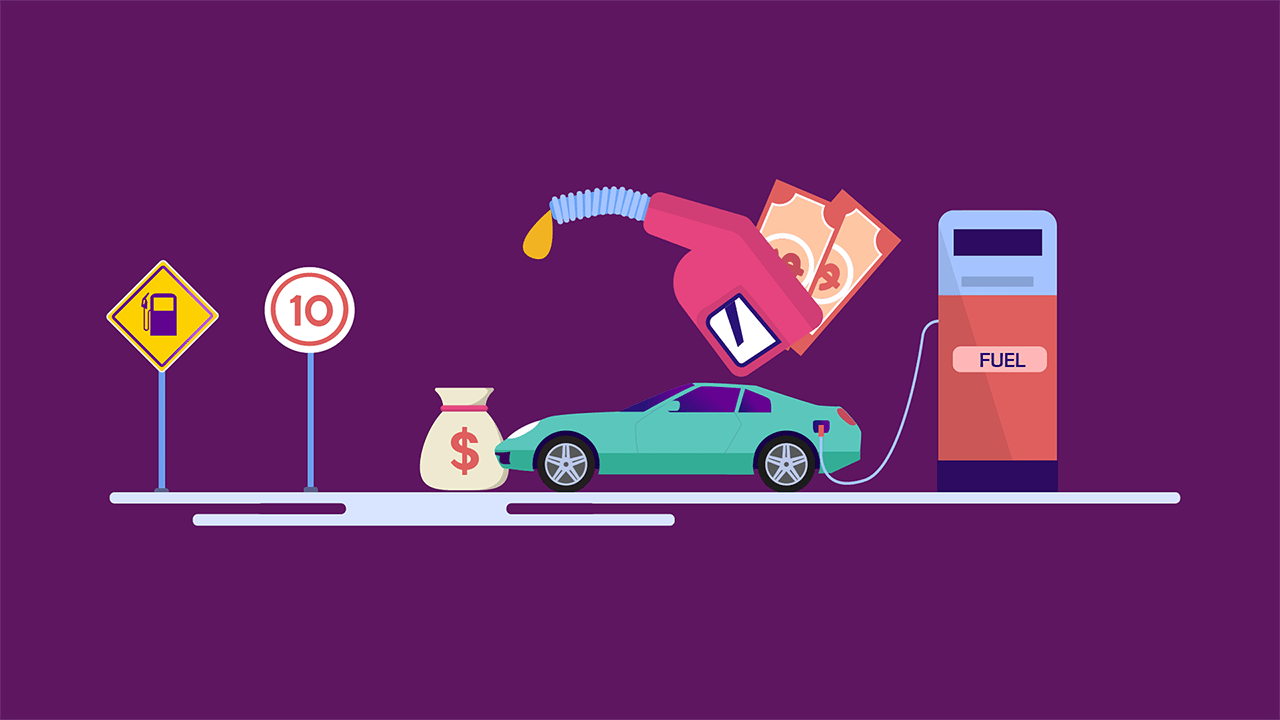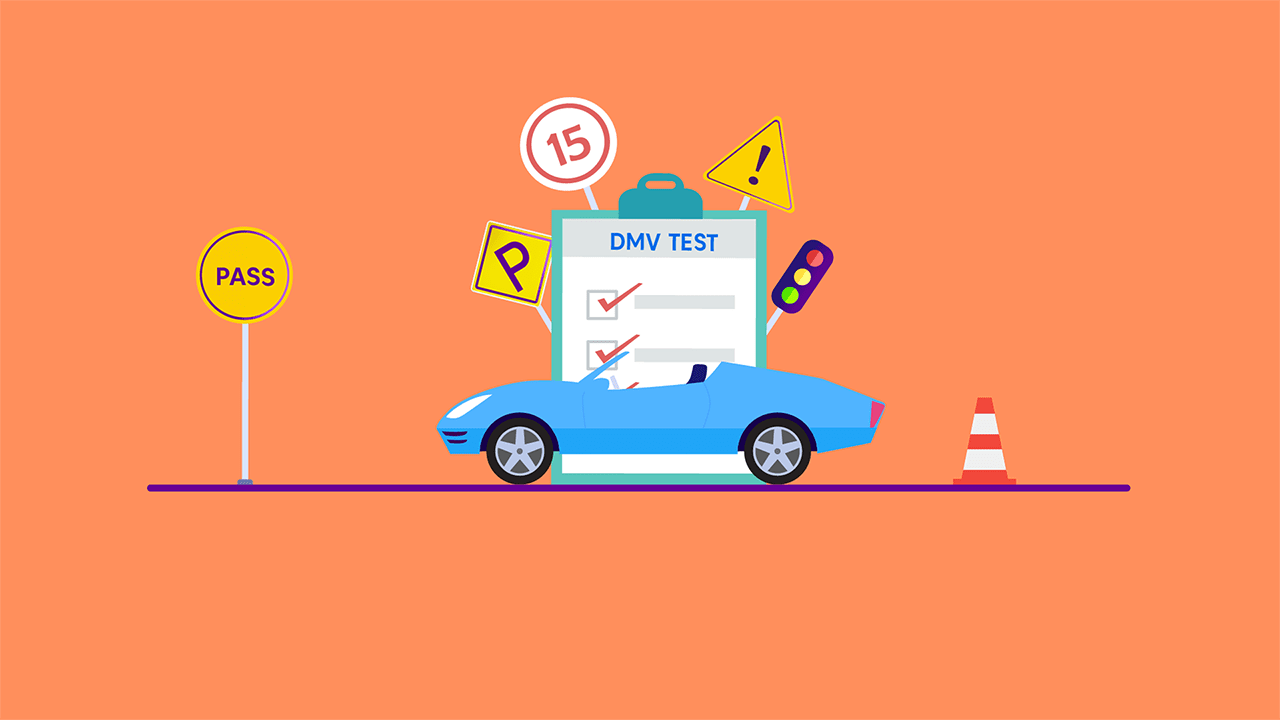When You Should Use High-Beam And Low-Beam Headlights?
By Umm e Hani on Mar 15, 2024Content
- When You Should Use Your High Beams?
- When You Should Not Use Your High-Beam Headlights?
- Are There Pros And Cons Of Driving With High Beams?
- When You Should Use Your Low Beams?
- When You Should Not Use Your Low-Beam Headlights?
- Are There Pros And Cons Of Driving With Low Beams?
- How to Change Your Car's Headlights from Low to High Beams?
- What About Extremely Bright Car Headlights?
- FAQs
When you're driving at night, you've probably encountered cars with super-bright headlights that temporarily blind you. Well, here's the scoop: the best driving lessons often come from real experience.
When you're learning to drive, you study road signs and rules, but the real learning happens when you put those lessons into action. It's like knowing when to use hazard lights or how to brake safely on icy roads.
One key lesson is knowing when to use your car's high and low beam headlights at night. You can use high beam headlights to see better, but you have to do it safely, so you don't blind other drivers.
When You Should Use Your High Beams?
Every car comes equipped with high beam headlights, and they're more than just a safety feature. However, people rarely use them. Some worry about blinding other drivers, while others believe they can manage without them. The truth is, there are times when using high beams is a smart move.
High beams can dramatically extend your visibility to around 350 to 400 feet, which is roughly the length of one city block. It's advisable to switch to high beams when you're driving on dark streets or highways with minimal traffic and good weather. But here's the catch: using high beams in fog or rain can create glare and reduce your visibility.
High beams are super useful in rural areas, but they can also come in handy in cities or towns when it's dark and there are few other cars around. They help you spot road signs and avoid animals on the road. Just remember, when you see headlights from oncoming cars, switch back to low beams to be considerate. With a bit of practice, you can even do this while enjoying your favorite road trip podcasts.
When You Should Not Use Your High-Beam Headlights?
Here's an important rule: never use your high-beam car headlights when it's foggy, rainy, or snowy. In these conditions, high beams can make things worse.
Why? Well, when you turn on your high beams, the bright light shines right into the fog, rain, or snow. And guess what? These things bounce that bright light right back at you. It's like having a big wall of blinding light in front of you, and that makes it super hard to see the road.
So, when the weather's not great, stick to your regular headlights. They'll help you see better without the blinding glare. Stay safe out there!
Are There Pros And Cons Of Driving With High Beams?
Pros of High Beams
High beams light up the road ahead for about 350 to 400 feet, which is twice as far as low beams. This extra distance gives you more time to react if something unexpected pops up on the road, especially when you're cruising at highway speeds (around 55mph).
Cons of High Beams
Now, here's the catch. High beams are super bright, like staring at a light bulb. This brightness can be blinding to other drivers, both those coming towards you and the ones in your lane if they see your high beams in their rearview mirror. That's why it's crucial to use high beams only when the road is completely clear on both sides for at least a couple of hundred feet. Safety first!
When You Should Use Your Low Beams?
Use low beams when the weather is bad, on gloomy days, or whenever it's hard to see. Some cars turn on low beams automatically when you're driving because it's safer. This even applies during the day! Darker-colored cars are less visible, so it's a good idea to use low beams. At night, low beams let you see about 200 feet ahead, which is like half a city block.
When You Should Not Use Your Low-Beam Headlights?
You should avoid using your low-beam headlights in certain situations.
Firstly, when driving in clear, well-lit conditions, you don't need to use low beams. These are intended for times when visibility is reduced.
Secondly, if you're driving on a well-lit city street or a highway with ample lighting, low beams may not be necessary. High beams could even be more suitable for those situations.
Additionally, when there's oncoming traffic or you're following another vehicle closely, it's important to switch off your low beams. Low beams can be blinding to other drivers, making it unsafe for everyone on the road.
Lastly, in well-lit parking lots or when your car is stationary, you should turn off your low beams. Using them unnecessarily can drain your car's battery.
Are There Pros And Cons Of Driving With Low Beams?
Pros of Low Beams
Low beams illuminate the road ahead for approximately 200 feet, which is usually enough for city driving and regular conditions. This helps you see clearly in the dark or when it's foggy, rainy, or overcast. Low beams consume less power from your car's battery compared to high beams, which can help extend your battery's life.
Cons of Low Beams
Low beams have a shorter reach compared to high beams. In situations where you need to see farther down the road, like on highways, they may not provide enough visibility.
In extremely dark or rural areas with minimal lighting, low beams may not be sufficient to see obstacles or animals on the road from a safe distance.
During daylight or well-lit conditions, low beams may not effectively signal your presence to other drivers. In such cases, using daytime running lights or parking lights could be more appropriate.
How to Change Your Car's Headlights from Low to High Beams?
Most cars make it easy to switch between low and high beam headlights. Here's how:
Turn on Your Headlights: Start by turning on your headlights. You can usually do this with a switch near your steering wheel or on your dashboard.
Activate High Beams: To turn on your high beams, push or pull the headlight lever away from you. This action will make your high beams shine brightly. You'll know they're on when you see a light-up symbol on your dashboard.
Return to Low Beams: When you want to go back to low beams, simply pull the lever back towards you. This turns off the high beams and goes back to the regular headlights.
Using High Beams Safely: High beams should only be used when it's safe. Make sure no cars are coming toward you, and you're not following too closely behind another vehicle. If you see other car headlights or taillights, switch to low beams to avoid blinding them.
Some newer cars do this high beam switching for you with technology. But until all cars have it, remember to use your high beams wisely to drive safely.
What About Extremely Bright Car Headlights?
You might have noticed that regular low beam headlights on cars are becoming much brighter in recent years. This change is because more cars are using LED (light-emitting diode) lights instead of the traditional warm halogen lights.
These new LED headlights can be so bright that they resemble high beams, and they are often mounted higher on trucks and SUVs, shining right into your rear-view mirror at eye level. This can make nighttime driving more challenging and potentially unsafe. Dealing with the intense glare from both oncoming and trailing vehicles can be difficult.
What's even more concerning is that many people are buying these LED replacement bulbs online and installing them in their cars, even though some of them are actually illegal. To ensure you're using legal and safe headlight bulbs, look for the mark on the bulb that indicates Department of Transport approval. It's also a good idea to encourage your friends and family, especially those with larger vehicles, to do the same. This helps make the roads safer for everyone, especially during enjoyable road trips.
FAQs
Is It Illegal To Drive With High Beams On?
Yes, it's illegal to drive with high beams on when there's oncoming traffic or when following another vehicle closely.
What Lights To Use In Fog?
Between low beam vs high beam, use low beam headlights when driving in fog or snow as they illuminate the road without reflecting, reducing glare and improving visibility.
How To Turn Off High Beams?
To turn off high beams, push the headlight lever or stalk away from you, switching to low beams.


